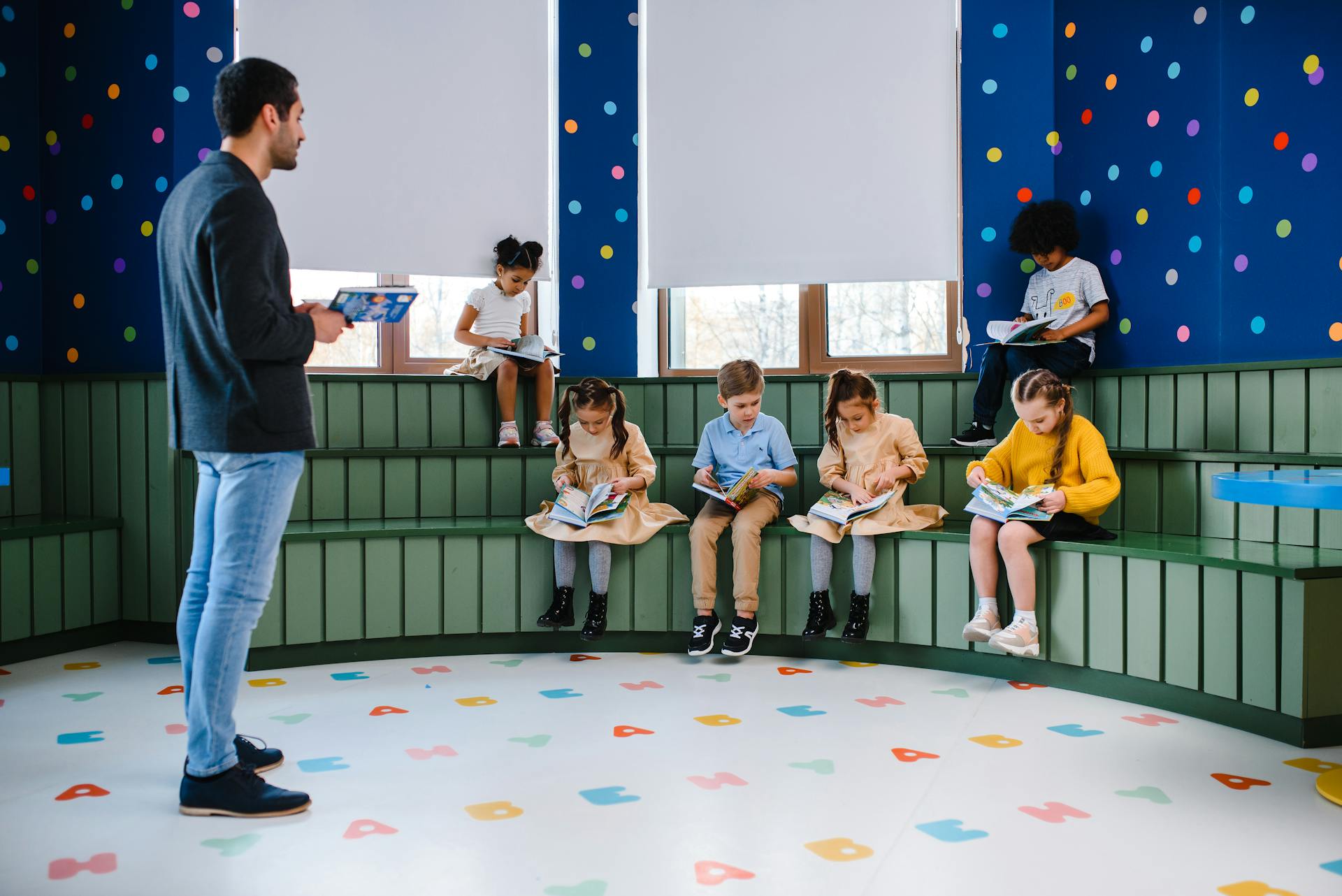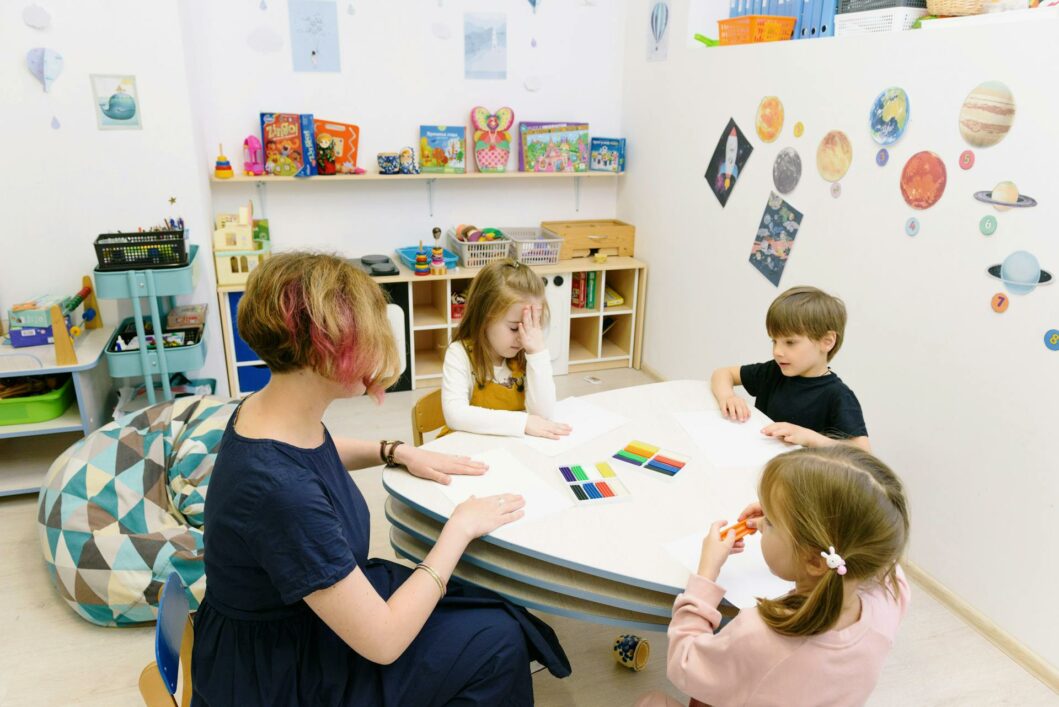The landscape of education is continually evolving, driven by new research, technological advancements, and a better understanding of how students learn. Effective teaching methods are crucial for engaging students, fostering critical thinking, and preparing them for future challenges.

Here are some innovative strategies to improve teaching methods and enhance the learning experience.
1. Active Learning
Active learning involves engaging students in the learning process directly, rather than passively absorbing information. Techniques such as group discussions, problem-solving activities, and hands-on projects encourage students to participate actively. This approach helps students retain information better, develop critical thinking skills, and apply knowledge in practical scenarios.
2. Blended Learning
Blended learning combines traditional classroom instruction with online resources and digital tools. This method allows for a more personalized learning experience, catering to different learning styles and paces. Students can access educational content, participate in online discussions, and complete assignments digitally, while still benefiting from face-to-face interactions with teachers and peers.
3. Flipped Classroom
The flipped classroom model reverses the traditional teaching structure. Students are assigned instructional content, such as video lectures or reading materials, to review at home. Class time is then used for interactive activities, discussions, and collaborative projects. This method allows teachers to focus on application and deeper understanding of concepts during class, fostering a more engaging and dynamic learning environment.
4. Project-Based Learning (PBL)
Project-based learning involves students working on real-world projects over an extended period. This approach encourages students to explore complex problems, conduct research, and develop solutions. PBL promotes critical thinking, creativity, and collaboration, helping students connect academic content to real-life situations. It also provides opportunities for students to develop valuable skills such as teamwork, communication, and time management.
5. Gamification
Incorporating game elements into the learning process, known as gamification, can make education more engaging and motivating. Techniques such as point systems, leaderboards, and rewards for completing tasks can make learning fun and competitive. Gamification can enhance student engagement, encourage participation, and provide immediate feedback, making the learning experience more interactive and enjoyable.
6. Differentiated Instruction
Differentiated instruction involves tailoring teaching methods to meet the diverse needs of students. By recognizing that students have different learning styles, interests, and abilities, teachers can provide varied instructional approaches. This might include offering multiple ways to access content, providing choices in assignments, and using flexible grouping strategies. Differentiated instruction ensures that all students have the opportunity to succeed and reach their full potential.

